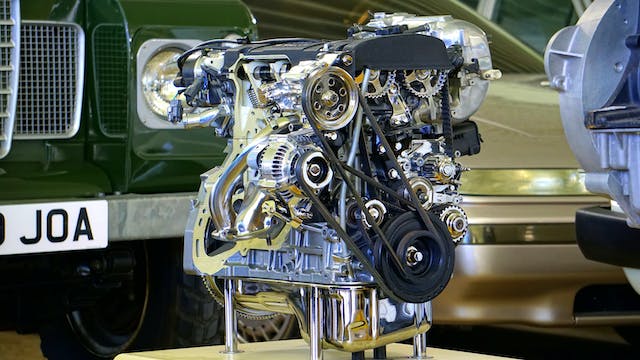Since the early 20th century when Ford released the Model T, car sales have only been going up. Their mobility and convenience contributes to their popularity. The option of being in a position to go wherever you want, whenever you want is too good to turn down. It’s estimated that now roughly 20 percent of the world’s population own a car. Yet, how do these vehicles work? New or old vehicles will always have some sort of problems. One of the most important parts of the car is the engine, car manufacturers aim to try and prevent damage occurring to the engine as it can be a blow to their reliability reputation. One way they do this is through the placing of gaskets in the engine itself.
What is a gasket?
Each car is made up of thousands of parts. While this may seem obvious, all of these parts must work correctly to ensure smooth and safe travel on the roads. Something you may not give much consideration to, or even underestimate its importance, is a small part called a gasket.
A gasket fastens the joint between two surfaces with sealing and cushioning material. These surfaces are joined by bolts in an engine. It can be in a ring shape or a specifically shaped piece. It should fit in its position extremely well. Its aim is to prevent the loss or entrance of liquids such as water, coolant, oil or fuel for example. Check out GorillaGasket.com to see the broad variety of gaskets that are available.
How many different types are there?
There are three fixed sections to each engine. These are the cylinder head, crankcase and block. Every one of these parts utilises a sealing liquid or a gasket. There are also other areas where gaskets are used such as in the camshaft, main bearings, or intake and exhaust manifolds for example, let’s take a closer look at some of these.
The Cylinder Head Gasket
More commonly referred to as the head gasket, this gasket blocks ignitable gas from entering the coolant system. It is normally placed between the cylinder head and the engine and is usually fabricated from copper. If this gasket malfunctions, coolant will enter the combustion chamber and merge with engine oil. This is a potentially expensive and time consuming problem as you may have to replace the engine or completely rebuild it.
Manifold Gaskets
There are two types of manifold gasket. Firstly, the intake manifold gasket controls the internal temperature of the chamber and stops air from escaping through the course of combustion. This enables the fuel mixture to have the correct levels of oxygen so the engine can perform smoothly. Secondly, the exhaust manifold gasket provides a similar function, but in a different location. It is positioned between the exhaust manifold and cylinder head. If these gaskets fail the efficiency of the engine will decrease greatly.
Main Bearing Gaskets
In the engine, the main bearings keep the crankshaft in position and enable it to rotate inside the engine block. The gasket, or seal, is positioned at the back of the engine block. It prevents leaks of engine oil from where the crankshaft leaves the engine.
Camshaft Gaskets
The camshaft is important as it regulates the intake of air into your engine. Made up of two parts, the cams and the shaft, this is the component that allows valves to open. The camshaft gasket, or seal, is positioned in the cylinder head. It is a round oil seal, the main function of which is to secure shut, close up or fasten the end of the engine’s camshafts that are located between the top of the valve cover gasket and the cylinder head. Camshaft seals are mostly made from rubber substances which enable them to be used reliably for a long time. As long as regular servicing and oil changes are maintained, the camshaft itself should not be in any danger of breaking.
Replacements of gaskets
Gaskets or oil seals need to be replaced if seen to be leaking or worn from overuse. To actually replace them is quite easy, but getting access to them can sometimes be difficult due to the tight, awkward confines of the engine bay. If you have a head gasket problem, to fix it or get a new engine instead, is not cheap. If you have an old car, it may not be worth the time and effort to fix it. However, if your car is relatively new or worth a lot of money, it makes sense to fix it. It is best not to drive with a blown head gasket. This will only lead to more problems further down the line and put a massive dent in your wallet.
